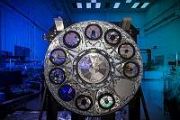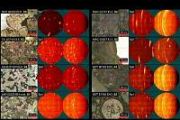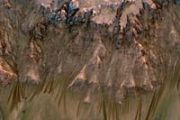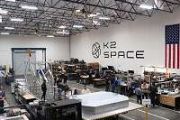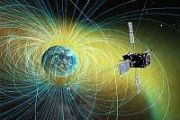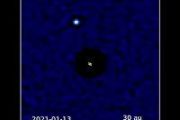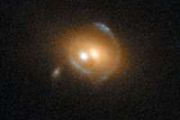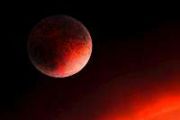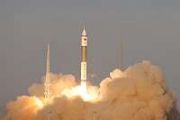
Copernical Team
Nicolas Bobrinsky on space safety | ESA Masterclass
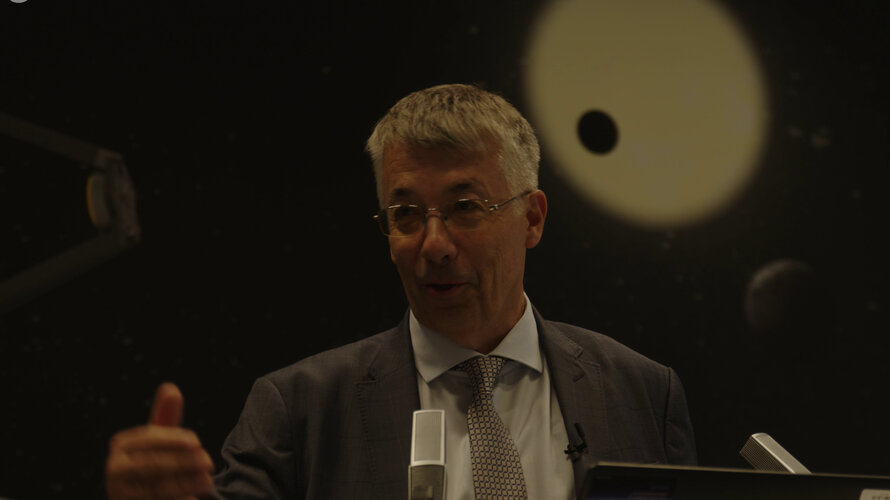 Video:
00:13:21
Video:
00:13:21
Satellites in orbit underpin our modern lives. They are used in many areas and disciplines, including space science, Earth observation, meteorology, climate research, telecommunication, navigation and human space exploration. However, as space activities have increased, a new and unexpected hazard has started to emerge: space debris.
If space debris – uncontrolled human-made objects such as spent upper stages of rockets and pieces of satellites – hits a satellite, it could cause serious damage, which can even end a mission (as has happened in the past). If debris crashes on Earth’s surface, it could potentially hit populated areas.
In this second video, Nicolas looks back on the first key
25 times Copernicus made the headlines
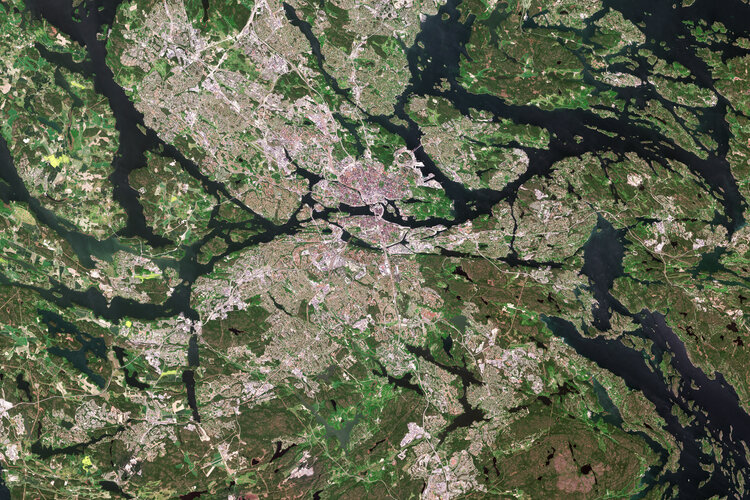
Twenty-five years ago, Copernicus set out to transform the way we see our planet. Now, well established as the largest environmental monitoring programme in the world, it returns a whopping 16 terabytes of high-quality data every single day. To mark a quarter-century of European success in space, we look back at a selection of 25 Copernicus highlights.
Next-Gen relay ground stations to transform Pacific's Missile-Warning System
 Northrop Grumman Corporation has announced a major step towards upgrading the U.S. Naval Information Warfare Center's (NIWC Pacific) ground station relay in Asia. After a successful preliminary design review (PDR) of the Relay Ground Station-Asia (RGS-A), the company is set to connect both legacy and next-generation satellites with end users, marking an important milestone in the transformation
Northrop Grumman Corporation has announced a major step towards upgrading the U.S. Naval Information Warfare Center's (NIWC Pacific) ground station relay in Asia. After a successful preliminary design review (PDR) of the Relay Ground Station-Asia (RGS-A), the company is set to connect both legacy and next-generation satellites with end users, marking an important milestone in the transformation UCF College of Medicine joins partnership to study health impacts of space travel
 As space travel becomes more accessible, the University of Central Florida College of Medicine is helping to answer questions about how time spent in space affects the body.
The College of Medicine has partnered with the NASA-funded Translational Research Institute for Space Health (TRISH) to collect data and biospecimens from commercial spaceflight participants to better understand how sp
As space travel becomes more accessible, the University of Central Florida College of Medicine is helping to answer questions about how time spent in space affects the body.
The College of Medicine has partnered with the NASA-funded Translational Research Institute for Space Health (TRISH) to collect data and biospecimens from commercial spaceflight participants to better understand how sp Benefield Anechoic Facility tests first satellite in decades
 The Benefield Anechoic Facility (BAF) at Edwards AFB recently tested its first orbital satellite in decades. Anticipated to launch in late 2023, Navigation Technology Satellite-3 (NTS-3) will be the Department of Defense's first experimental, integrated navigation satellite system in nearly 50 years.
"This is so important because we are testing one of the new satellites that will be going
The Benefield Anechoic Facility (BAF) at Edwards AFB recently tested its first orbital satellite in decades. Anticipated to launch in late 2023, Navigation Technology Satellite-3 (NTS-3) will be the Department of Defense's first experimental, integrated navigation satellite system in nearly 50 years.
"This is so important because we are testing one of the new satellites that will be going Xona Space Systems certifies Spirent's LEO SatNav constellation simulator
 Spirent, the leading global provider of test and assurance solutions, is pleased to announce SimXona, an industry-first Xona satellite constellation simulator, has been fully certified by Xona Space Systems.
Xona is developing PULSAR, a commercial positioning, navigation, and timing (PNT) service built on a backbone of low Earth orbit (LEO) small satellites. Xona's patented high-powered sm
Spirent, the leading global provider of test and assurance solutions, is pleased to announce SimXona, an industry-first Xona satellite constellation simulator, has been fully certified by Xona Space Systems.
Xona is developing PULSAR, a commercial positioning, navigation, and timing (PNT) service built on a backbone of low Earth orbit (LEO) small satellites. Xona's patented high-powered sm 'Hot Jupiters' may not be orbiting alone
 Research led by an Indiana University astronomer challenges longstanding beliefs about the isolation of "hot Jupiters" and proposes a new mechanism for understanding the exoplanets' evolution.
While our Jupiter is far away from the sun, hot Jupiters are gas giant planets that closely orbit stars outside our solar system for an orbital period of less than 10 days. Previous studies suggested
Research led by an Indiana University astronomer challenges longstanding beliefs about the isolation of "hot Jupiters" and proposes a new mechanism for understanding the exoplanets' evolution.
While our Jupiter is far away from the sun, hot Jupiters are gas giant planets that closely orbit stars outside our solar system for an orbital period of less than 10 days. Previous studies suggested MDA and Thoth team up for greater space domain awareness above Canada
 In a new development aimed at boosting Canada's space domain awareness (SDA) capability, MDA Ltd., a global leader in space industry technology and services, has announced its partnership with Thoth Technology Inc. T
he collaboration will bring together MDA's commercial data services and Thoth's unique ground-based radar technology to enable deep space radar surveillance over Canada, enhan
In a new development aimed at boosting Canada's space domain awareness (SDA) capability, MDA Ltd., a global leader in space industry technology and services, has announced its partnership with Thoth Technology Inc. T
he collaboration will bring together MDA's commercial data services and Thoth's unique ground-based radar technology to enable deep space radar surveillance over Canada, enhan SpaceX Dragon cargo ship arrives at International Space Station
 The SpaceX Dragon cargo spaceship successfully docked with the International Space Station early Tuesday morning after taking off from the Kennedy Space Center in Florida the day before.
While the spacecraft's departure from Earth was rocky - being postponed twice over the weekend before its launch on Monday - the automated docking went off without a problem at 5:54 a.m. EDT.
T
The SpaceX Dragon cargo spaceship successfully docked with the International Space Station early Tuesday morning after taking off from the Kennedy Space Center in Florida the day before.
While the spacecraft's departure from Earth was rocky - being postponed twice over the weekend before its launch on Monday - the automated docking went off without a problem at 5:54 a.m. EDT.
T US, not China, keen on moon race
 By Yang Yuguang | China Daily Global | Updated: 2023-06-06 00:00
The moon is the only natural satellite of Earth. It is also the nearest celestial body to our planet, and selenology, or the study of the moon, is very important for scientists, as it can give them insights into other celestial bodies and advance planetary science. If we want to know the history of Earth, together with the history
By Yang Yuguang | China Daily Global | Updated: 2023-06-06 00:00
The moon is the only natural satellite of Earth. It is also the nearest celestial body to our planet, and selenology, or the study of the moon, is very important for scientists, as it can give them insights into other celestial bodies and advance planetary science. If we want to know the history of Earth, together with the history 
















